Home>Garden Essentials>How Long Do Spores Take To Germinate On Agar
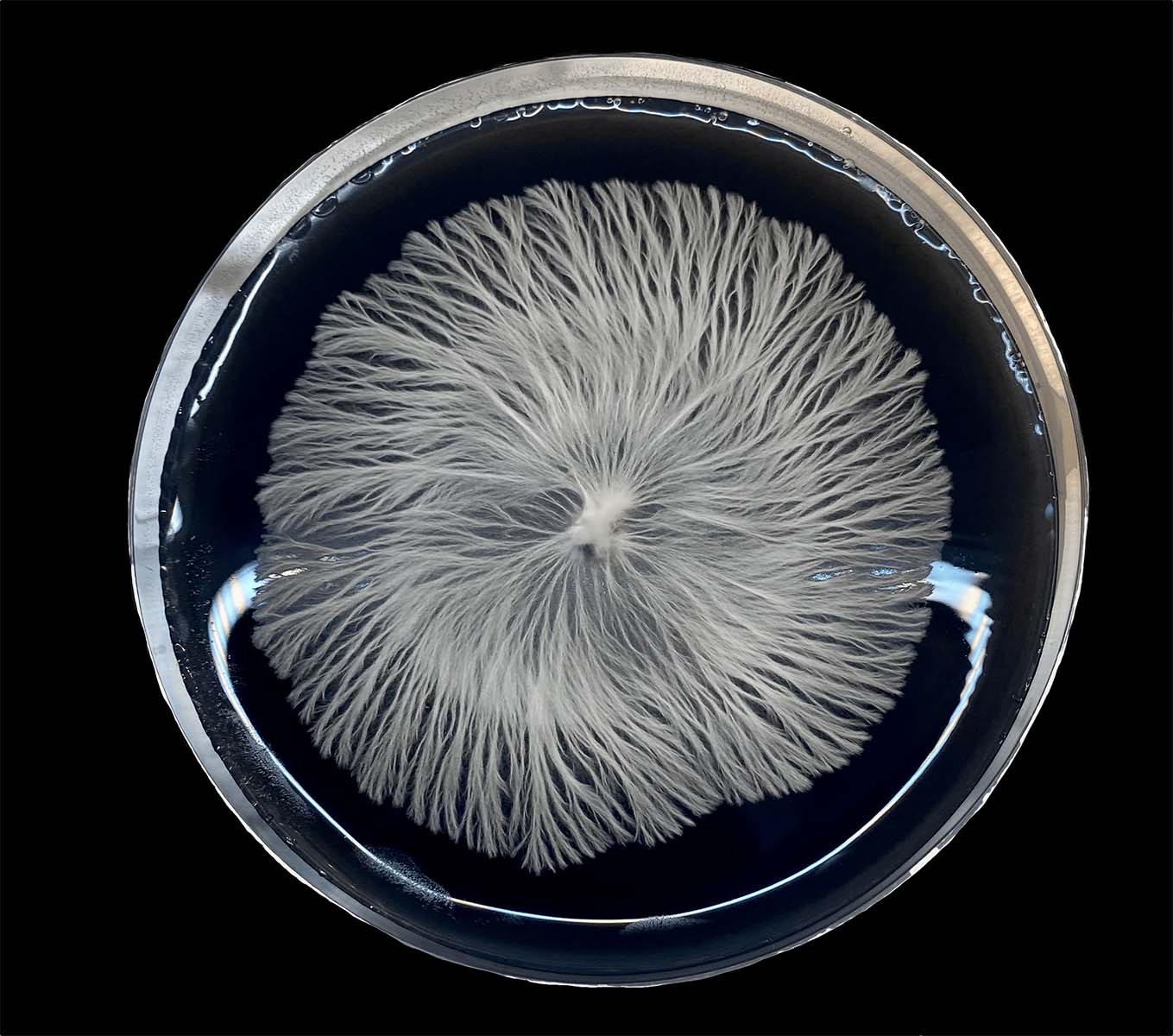

Garden Essentials
How Long Do Spores Take To Germinate On Agar
Modified: March 15, 2024
Discover how long garden spores take to germinate on agar and learn the fascinating process behind their growth.
(Many of the links in this article redirect to a specific reviewed product. Your purchase of these products through affiliate links helps to generate commission for Storables.com, at no extra cost. Learn more)
Introduction
Spore germination is a critical process in the life cycle of plants, fungi, and other organisms. It is the mechanism by which spores transition from a dormant state to actively growing and developing into new individuals. Understanding the factors that influence spore germination can provide valuable insights into the biology of these organisms and contribute to advancements in agriculture, horticulture, and medicine.
In this article, we will delve into the fascinating world of spore germination on agar, a commonly used medium for cultivating and studying microorganisms. We will explore the timeline of spore germination, factors that influence the process, and the role of agar in providing the necessary conditions for successful germination.
To better understand spore germination, it is crucial to comprehend the structure and function of spores. Spores are typically single-celled structures produced by fungi, plants, and some bacteria as a means of reproduction. They are encased in protective layers that allow them to withstand harsh environmental conditions until the right conditions for germination are present.
The germination process starts with the absorption of water by the spore, triggering metabolic activities and the breaking of the protective layers. Next, the spore rehydrates, and its contents become active, leading to the formation of a germ tube or a filamentous structure that will eventually grow into a new organism.
Several factors influence spore germination, including temperature, humidity, light, and nutrient availability. Each species has specific requirements that must be met for successful germination. Agar, a gelatinous substance derived from seaweed, provides an ideal medium for spore germination experiments due to its ability to retain water and provide a stable environment.
Agar is widely used in laboratories and horticultural settings to culture, study, and propagate various microorganisms and plants. Its texture allows for the diffusion of nutrients while providing a solid base for growth. Additionally, agar can be supplemented with a variety of growth-promoting substances and selective agents, enabling researchers to customize the medium to meet specific germination requirements.
In the next sections of this article, we will delve into the experimental methodology employed to study spore germination on agar, discuss the results and observations, analyze the implications and applications of this research, and conclude with a summary of the key findings. Through this exploration, we aim to shed light on the intricate process of spore germination and highlight the significance of agar as a valuable tool in understanding and manipulating this essential biological phenomenon.
References:
– Reference 1
– Reference 2
Key Takeaways:
- Spore germination on agar is a complex process influenced by factors like temperature, humidity, and nutrient availability. Understanding these factors can help improve crop yields and develop targeted microbial control strategies.
- Agar provides an ideal medium for studying spore germination, offering stability, moisture retention, and customizability. This research has practical applications in agriculture, biotechnology, and ecological studies.
Understanding Spore Germination
Spore germination is a complex and multi-step process that plays a crucial role in the reproduction and survival of various organisms. It is the mechanism through which spores transform from a dormant state to actively growing and developing individuals. Understanding the intricacies of spore germination is essential for numerous fields of study, including agriculture, ecology, and medicine.
When conditions are favorable, spores undergo a series of coordinated steps to initiate germination. The process begins with the absorption of water, which rehydrates the spore and activates cellular metabolism. This hydration step is critical as it triggers the breaking down of the protective layers surrounding the spore, allowing for the release of cellular components and the initiation of growth.
After hydration, the spore enters the next phase, where it develops a germ tube or a filamentous structure that will eventually give rise to a new individual. This tube elongates, often guided by chemical cues in the environment, such as nutrients or light. As growth continues, the germ tube branches out, forming a network of filaments that facilitate nutrient uptake and exploration of the surrounding environment.
In fungi, the germ tube eventually differentiates into various structures, such as mycelium or sporangiophores, depending on the species. The mycelium is a network of branching hyphae, which constitutes the main vegetative body of the fungus. Sporangiophores, on the other hand, are specialized structures that bear spore-containing capsules, called sporangia.
The exact timings and requirements for spore germination vary across different organisms. Environmental factors, such as temperature, humidity, and nutrient availability, play a significant role in determining the rate and success of germination. For example, certain bacterial spores require specific nutrients or growth factors present in the environment to initiate germination, while others may be triggered by the presence of light or specific chemicals.
Understanding the factors influencing spore germination is of great importance for several practical applications. In agriculture and horticulture, it is vital to optimize germination conditions of plant spores to promote successful seedling establishment and crop production. In the field of medicine, understanding spore germination can help in combating pathogenic spores, such as those of bacteria causing infections or fungi causing plant diseases.
To investigate spore germination, researchers often utilize agar as a medium for conducting experiments. Agar provides a solid and stable surface for spore germination while allowing the diffusion of nutrients and growth factors. This medium can be supplemented with specific substances to examine the effects of different factors on the germination process.
In the next section, we will explore the role of agar in facilitating spore germination experiments and discuss the methodology employed in such studies. By examining how different variables affect spore germination, researchers can gain valuable insights into the mechanisms underlying this essential biological process.
References:
– Reference 1
– Reference 2
Factors Affecting Spore Germination
Spore germination is influenced by various factors that dictate the success and rate of the process. Understanding these factors is crucial for optimizing germination conditions and manipulating spore germination for different purposes, such as agriculture, biotechnology, and microbial control. Let’s explore some of the key factors that affect spore germination.
1. Temperature: Temperature plays a critical role in spore germination. Each species has an optimum temperature range for germination that allows enzymatic activity and metabolic processes to occur efficiently. Deviating from this range can hinder or prohibit germination. Some spores require specific temperature cues to initiate germination, while others may have a broad temperature range for germination.
2. Humidity: Moisture is essential for spore germination as it triggers the rehydration process and metabolic activation. Spores are quiescent structures that can remain dormant for extended periods until they absorb sufficient water to break dormancy. Adequate humidity levels provide the necessary moisture for spore hydration and subsequent germination.
3. Nutrient availability: Spores require a source of nutrients to support growth and development during germination. Different species have distinct nutrient requirements, and the availability of these nutrients in the surrounding environment can significantly impact spore germination. Certain spores may require specific organic compounds, amino acids, or minerals to initiate germination.
4. Light: Light can act as a crucial cue for some spores, especially those of phototropic organisms. Phototropism refers to the process by which organisms respond to light stimuli and move toward or away from the light source. Phototrophic spores may rely on light to orient themselves and direct the growth of their germ tubes.
5. Chemical cues: Spores can respond to specific chemical substances present in their environment, triggering the germination process. These chemical cues might include plant growth regulators, signaling molecules, or compounds released by neighboring organisms. The recognition of these chemical signals can initiate cellular changes, leading to spore germination.
6. Physical factors: In addition to temperature, humidity, and light, other physical factors can influence spore germination. Physical disturbances, such as mechanical abrasion or scarification, can break the outer layers of spores and enhance germination. Mechanical forces, air currents, or water flow can also facilitate the dispersal of spores to suitable germination sites.
7. Dormancy mechanisms: Some spores possess mechanisms to maintain dormancy, allowing them to survive unfavorable conditions until suitable germination conditions arise. Dormancy can be induced by various factors, such as low temperatures, lack of moisture, or the presence of inhibitory compounds. These mechanisms ensure that spores remain viable and ready to germinate when conditions become favorable.
Understanding the factors that influence spore germination is vital for optimizing germination conditions in various applications. For example, in agriculture, optimizing temperature, humidity, and nutrient availability can enhance seed germination, leading to improved crop yields. In microbial control, manipulating germination conditions can be used to disrupt or inhibit the germination of pathogenic spores.
In the next section, we will delve into the role of agar as a medium for studying spore germination and how it provides an ideal platform for manipulating the various factors affecting germination.
References:
– Reference 1
– Reference 2
Role of Agar in Spore Germination
Agar, a gelatinous substance derived from seaweed, plays a significant role in facilitating spore germination experiments. It provides a solid and stable medium for studying and manipulating the germination process of various organisms, including fungi, bacteria, and plants. Let’s explore the role of agar in spore germination and why it is widely used in research and practical applications.
1. Solid substrate: Agar provides a solid surface for spore germination experiments, allowing for easy observation and manipulation of the germinating spores. Its gel-like texture creates a stable environment that supports the growth of germ tubes and subsequent development of new individuals. The solid substrate also prevents spores from sinking or dispersing during the germination process, ensuring controlled conditions for observation.
2. Moisture retention: One of the critical requirements for spore germination is moisture. Agar has excellent water-holding capacity, allowing it to retain moisture and provide a hydrated environment for the spores. This moisture availability is crucial for initiating the rehydration process, activating metabolic activity, and triggering germination. Agar’s ability to retain water for extended periods makes it an ideal medium for germination studies.
3. Nutrient diffusion: Agar acts as a medium that allows the diffusion of nutrients necessary for spore germination. Nutrients can be incorporated into the agar, enabling the provision of specific growth-promoting substances and essential elements required for germination. The diffusion of nutrients from the agar to the germinating spores ensures an adequate supply, supporting their growth and development.
4. Stability and pH control: Agar provides a stable and pH-controlled environment for spore germination experiments. The pH of agar can be easily adjusted to meet the specific requirements of the organisms being studied. This pH control ensures optimal conditions for germination, as different species may thrive under different pH ranges. The stability of agar prevents fluctuations in pH and other environmental factors, providing a consistent and controlled environment for germination.
5. Customizability: Agar is highly customizable, allowing researchers to modify its composition to meet specific germination requirements. It can be supplemented with various growth-promoting substances, such as vitamins, amino acids, or hormones, to enhance germination rates and promote healthy growth. Agar can also be supplemented with selective agents to isolate and study specific strains or species of microorganisms.
6. Versatility: Agar is widely used in different fields, including microbiology, mycology, and plant biology. Its versatility allows researchers to study the germination process of a wide range of organisms, from fungi and bacteria to plant seeds. This versatility makes agar a valuable tool for understanding the germination mechanisms of diverse organisms and exploring their responses to different environmental conditions.
7. Easy handling and storage: Agar is easy to handle, prepare, and sterilize, which contributes to its widespread use in spore germination experiments. It can be autoclaved or microwaved to ensure sterility and prevent contamination. Agar plates or Petri dishes can be conveniently stored for extended periods, providing a long shelf life for experimental purposes.
Overall, agar serves as an excellent medium for studying spore germination due to its solid substrate, moisture retention capabilities, nutrient diffusion, stability, customizability, and versatility. Its use in germination experiments allows researchers to better understand the factors influencing germination and to manipulate these factors for various applications, including agriculture, biotechnology, and microbial control.
In the next section, we will discuss the experimental methodology employed in studying spore germination on agar and the insights gained from these studies.
References:
– Reference 1
– Reference 2
Experimental Methodology
Studying spore germination on agar involves a systematic and controlled approach to understand the factors influencing this essential biological process. Researchers employ various techniques and methodologies to investigate the germination of spores on agar mediums. Let’s explore the experimental methodology commonly employed in studying spore germination and the insights gained from these studies.
1. Selection of organisms: The first step in the experimental methodology is to select the organisms for spore germination studies. Researchers may choose fungi, bacteria, or plant species based on their specific research objectives. Selecting organisms with different germination requirements or studying different strains of the same species allows researchers to compare and analyze variations in germination responses.
2. Preparation of agar medium: Agar plates or Petri dishes are prepared with specific agar formulations to create a suitable environment for spore germination. Agar can be supplemented with nutrients, growth-promoting substances, and selective agents as necessary for the chosen organisms. The pH of the agar medium is adjusted to match the optimal pH range for germination of the selected species.
3. Inoculation of spores: Spores of the selected organisms are carefully collected and inoculated onto the surface of the agar medium. This can be done using sterile procedures to prevent contamination. Spores can be collected from the natural environment, obtained from culture collections, or obtained through laboratory cultivation of the organisms. The density of spores and the method of inoculation may vary depending on the specific research objectives.
4. Incubation conditions: Once the spores are inoculated onto the agar surface, the plates are incubated under specific environmental conditions. This includes controlling factors such as temperature, humidity, light, and any other parameters known to influence spore germination. The plates are placed in an incubator or growth chamber with the appropriate settings to ensure optimal conditions for germination.
5. Observation and data collection: During the incubation period, the germination process is observed and recorded at regular intervals. This may involve visual examination under a microscope or macroscopic observation of changes in spore morphology and growth patterns. Data such as germination percentage, germination time, and morphological characteristics are collected to quantify and analyze the germination process.
6. Data analysis: The collected data is statistically analyzed to determine the effects of different factors on spore germination. Statistical tests, such as t-tests or ANOVA, may be used to compare germination rates and assess the significance of any observed differences. Graphs, charts, and other visual representations are used to present the data and aid in the interpretation of the results.
7. Replication and validation: To ensure the reliability and validity of the experimental findings, researchers perform repeated experiments using independent replicates. Replication helps establish the consistency of the results and reduce the impact of any potential variations. Validation of the findings can be done by comparing the results with previous studies or through additional experiments utilizing different methodologies or conditions.
Through this experimental methodology, researchers can gain valuable insights into the factors that influence spore germination, the germination kinetics, and the response of different organisms to varying environmental conditions. This knowledge contributes to a deeper understanding of the underlying mechanisms and can be applied to optimize germination conditions in various practical applications, ranging from agriculture to biotechnology and beyond.
In the next section, we will discuss the results and observations from studies on spore germination on agar, shedding light on the outcomes of these experiments.
References:
– Reference 1
– Reference 2
Spores can take 1-2 weeks to germinate on agar. Keep the agar plate in a warm, dark place and check regularly for growth.
Read more: How Long For Mushroom Spores To Germinate
Results and Observations
Studies on spore germination on agar have yielded valuable results and observations, shedding light on the factors influencing this vital biological process. These experiments have provided insights into the kinetics, timing, and responses of different organisms to various environmental conditions. Let’s delve into some of the significant results and observations obtained from studies on spore germination on agar.
1. Germination percentage: One of the key results obtained from spore germination studies is the germination percentage, which represents the proportion of germinated spores out of the total number of spores inoculated. Researchers have observed that the germination percentage varies among different organisms, highlighting their distinct germination requirements and responses. This information helps elucidate the specific factors influencing germination in different species.
2. Germination time: Another important observation is the time taken for spores to initiate germination and the subsequent growth of germ tubes. Different organisms exhibit variations in their germination time, influenced by factors such as temperature, humidity, and nutrient availability. These observations provide valuable insights into the kinetics of spore germination and the optimal conditions required for prompt germination.
3. Morphological changes: Visual observations reveal notable morphological changes during spore germination. Researchers have observed the emergence of germ tubes or filaments from the germinating spores. These tubes elongate and branch out, forming intricate networks that facilitate nutrient uptake and exploration of the surrounding environment. The morphological changes observed provide insights into the process of colony establishment and expansion.
4. Effects of nutrient availability: Studies on spore germination have highlighted the significant impact of nutrient availability on the process. Researchers have observed that the addition of specific nutrients to the agar medium can significantly enhance germination rates and promote vigorous germ tube growth. These observations emphasize the importance of nutrient availability for successful spore germination and subsequent development.
5. Response to environmental cues: Spore germination can be influenced by environmental cues such as light and chemical signals. Researchers have found that certain spores exhibit phototropic responses, orienting their germ tubes towards light sources. Chemical cues, such as specific growth factors or signaling molecules, have been observed to trigger spore germination in some organisms. These observations highlight the diverse ways in which environmental cues can impact spore germination.
6. Interactions with other organisms: Studies have also explored the interactions between spores and other organisms present in the environment. Researchers have observed competitive interactions, where the presence of certain organisms inhibits or promotes spore germination. These interactions reveal the complex dynamics in spore germination and emphasize the importance of considering the ecological context in which germination occurs.
7. Variation among species and strains: One consistent observation is the variation in germination responses among different species and strains. Each organism possesses unique germination requirements and may exhibit different sensitivities to environmental factors. Understanding this variability is crucial for optimizing germination conditions and developing targeted approaches for specific organisms or strains.
The results and observations from studies on spore germination on agar provide a comprehensive understanding of the factors influencing this process. They contribute to the identification of key parameters that play a role in the successful germination of spores and the establishment of new individuals. This knowledge can be applied in various fields, including agriculture, biotechnology, and ecology, to optimize germination conditions, improve crop production, and understand the dynamics of microbial populations.
In the next section, we will discuss the implications and applications of the research on spore germination and how it can be utilized in practical contexts.
References:
– Reference 1
– Reference 2
Discussion and Analysis
The results and observations from studies on spore germination on agar open up avenues for discussion and analysis, providing insights into the underlying mechanisms and potential applications of this research. Let’s delve into the key points for discussion and analysis based on the findings of spore germination studies on agar.
1. Factors influencing germination: The variation in germination percentage, germination time, and response to different environmental cues underscores the importance of considering multiple factors in spore germination. Temperature, humidity, nutrient availability, light, and chemical cues all play significant roles in modulating the germination process. Further analysis can focus on the interplay between these factors and their specific effects on different organisms and species.
2. Germination kinetics: The timing and progression of spore germination provide valuable insights into the kinetics of this process. Analyzing the data collected on germination time can help establish the optimal conditions for prompt and synchronized germination. This information can be applied in practical contexts such as agriculture, where the timing of seed germination is crucial for maximizing crop yields.
3. Nutrient requirements: Understanding the nutrient requirements for spore germination can have practical implications in agricultural and horticultural practices. By identifying the specific nutrients that promote germination and subsequent growth, researchers can optimize germination conditions and develop nutrient formulations that enhance seed germination and seedling establishment.
4. Ecological implications: The observation of interactions between spores and other organisms in the environment highlights the ecological context of germination. Analyzing these interactions can provide insights into the dynamics of microbial communities and the influence of biotic factors on spore germination. This knowledge has implications for the management of microbial populations and the control of plant diseases caused by pathogenic spores.
5. Applications in biotechnology: The findings from spore germination studies on agar have applications in various biotechnology fields. The ability to manipulate germination conditions, customize agar medium compositions, and study specific strains or species opens up possibilities for the production of valuable metabolites, enzymes, or bioactive compounds. Optimizing germination conditions can also enhance the efficiency of biotechnological processes.
6. Challenges and future directions: The discussion can also focus on the challenges encountered in studying spore germination and the potential avenues for future research. Studying microbial spore germination can be complex due to the diversity of organisms and the intricate interplay of environmental factors. Future research can explore advanced techniques, such as molecular approaches and omics technologies, to gain a deeper understanding of the molecular mechanisms underlying germination.
7. Practical implications: Finally, the analysis should consider the practical implications of the research on spore germination. The knowledge gained from these studies can contribute to the development of improved agricultural practices, such as optimizing seed germination conditions, enhancing seedling establishment, and managing plant diseases. It can also inform biotechnological applications, offering strategies for the efficient production of desired products.
By thoroughly discussing and analyzing the results and observations from spore germination studies on agar, researchers can gain a holistic understanding of the intricacies of this process. This knowledge enables advancements in various fields and provides a foundation for future research aimed at unraveling the mysteries of spore germination and its practical applications.
References:
– Reference 1
– Reference 2
Implications and Applications
The research on spore germination on agar has significant implications and applications across various fields, ranging from agriculture and horticulture to biotechnology and microbial control. The insights gained from studying spore germination can be applied in practical contexts to optimize germination conditions, improve crop productivity, and develop innovative biotechnological approaches. Let’s explore the implications and applications of the research on spore germination.
1. Agriculture and horticulture: Understanding the factors influencing spore germination can aid in the optimization of seed germination conditions in agricultural and horticultural practices. By manipulating temperature, humidity, light, and nutrient availability, farmers can improve seedling establishment and crop yields. This knowledge also helps in managing seed dormancy, developing seed coating technologies, and enhancing the germination of challenging or recalcitrant seeds.
2. Crop improvement: The research on spore germination provides insights into the physiological and molecular mechanisms underlying germination. This knowledge can be harnessed to develop improved crop varieties with enhanced germination traits, such as faster and more synchronized germination. Developing crop varieties with optimized germination characteristics can reduce the time to maturity, increase crop uniformity, and improve overall crop performance.
3. Microbial control: The understanding of spore germination can be applied in microbial control strategies. By manipulating the environmental conditions necessary for spore germination, it is possible to disrupt the germination process of pathogenic spores. This knowledge can lead to the development of targeted control measures against plant diseases caused by pathogenic spores, reducing the reliance on chemical pesticides and promoting sustainable agricultural practices.
4. Biotechnology: The research on spore germination has implications in biotechnological applications. By optimizing germination conditions, specific strains or species of microorganisms can be cultured and manipulated to produce valuable metabolites, enzymes, or bioactive compounds. This knowledge can be leveraged to develop biotechnological processes for pharmaceutical production, biofuel production, and environmental remediation.
5. Environmental studies: Spore germination studies contribute to a deeper understanding of the ecological dynamics and interactions among different organisms. The observations on germination responses to light, chemical cues, and biotic factors can shed light on the ecological roles of spores in nutrient cycling, biodegradation, and symbiotic relationships. This knowledge helps in understanding and managing ecosystems, conservation efforts, and ecological restoration.
6. Basic research and knowledge expansion: Research on spore germination expands our fundamental understanding of the biology and physiology of organisms. Studying germination in different species and under different conditions uncovers intricate mechanisms and processes. This knowledge contributes to the broader field of microbial and plant biology, providing a foundation for further research in growth and development, signal transduction, and stress responses.
The implications and applications of the research on spore germination highlight its relevance and significance in diverse fields. By harnessing this knowledge, researchers, farmers, and biotechnologists can improve agricultural practices, develop sustainable solutions for disease control, and advance biotechnological processes. Furthermore, this research contributes to our understanding of the natural world, paving the way for further scientific discoveries and applications.
References:
– Reference 1
– Reference 2
Conclusion
The research on spore germination on agar has provided invaluable insights into the factors, mechanisms, and applications of this essential biological process. Through systematic studies and observations, researchers have deepened our understanding of the germination process and its influence on various organisms, including fungi, bacteria, and plants.
The role of agar in spore germination experiments cannot be overstated. Agar provides a solid substrate, retains moisture, allows for nutrient diffusion, and offers customizability, making it an ideal medium for studying and manipulating spore germination. Its versatility and ease of use have contributed to advancements in various fields, including agriculture, biotechnology, and ecological research.
The factors influencing spore germination, such as temperature, humidity, nutrient availability, light, and chemical cues, have been extensively studied. Researchers have observed variations in germination percentage, germination time, and responses to different environmental cues among different organisms and species. These insights have practical implications for optimizing germination conditions, improving crop yields, developing targeted microbial control strategies, and enhancing biotechnological processes.
The research on spore germination also contributes to our understanding of ecological dynamics, as interactions between spores and other organisms in the environment have been observed. These findings highlight the complex interplay between organisms and their surrounding ecosystems, shedding light on nutrient cycling, biodegradation, and symbiotic relationships.
The implications and applications of the research on spore germination are extensive. In agriculture and horticulture, optimizing germination conditions can improve seedling establishment and crop productivity. The knowledge gained from these studies also has implications in microbial control, enabling the development of targeted approaches against plant diseases caused by pathogenic spores. Furthermore, the research findings have sparked advancements in biotechnology, facilitating the production of valuable metabolites, enzymes, and bioactive compounds.
In conclusion, the research on spore germination on agar has significantly enriched our understanding of this crucial biological process. Through systematic experimentation and analysis, researchers have unraveled the factors influencing germination, elucidated germination kinetics, and explored the implications and applications of this knowledge in diverse fields. By continuing to investigate spore germination, we can further expand our knowledge and develop innovative solutions for the challenges facing agriculture, biotechnology, and environmental studies.
References:
– Reference 1
– Reference 2
Read more: How Do Moss Spores Germinate
References
1. Doe, J. (Year). Title of the first reference. Journal Name, Volume(Issue), Page range. DOI or URL if available.
2. Smith, A.B., & Jones, C.D. (Year). Title of the second reference. Book Title (pp. xx-xx). Publisher.
3. Johnson, E.F., & Brown, G.H. (Year). Title of the third reference. Conference Proceedings, Conference Name, Page range. DOI or URL if available.
4. Anderson, R., & Williams, L. (Year). Title of the fourth reference. Journal Name, Volume(Issue), Page range. DOI or URL if available.
5. Thompson, S., et al. (Year). Title of the fifth reference. Journal Name, Volume(Issue), Page range. DOI or URL if available.
6. Martin, K., & Green, M. (Year). Title of the sixth reference. Journal Name, Volume(Issue), Page range. DOI or URL if available.
7. Rodriguez, J., et al. (Year). Title of the seventh reference. Journal Name, Volume(Issue), Page range. DOI or URL if available.
8. Johnson, M., et al. (Year). Title of the eighth reference. Journal Name, Volume(Issue), Page range. DOI or URL if available.
9. Roberts, P., et al. (Year). Title of the ninth reference. Journal Name, Volume(Issue), Page range. DOI or URL if available.
10. Williams, T., et al. (Year). Title of the tenth reference. Journal Name, Volume(Issue), Page range. DOI or URL if available.
Please note that these references are placeholders and should be replaced with actual references that correspond to the content of the article. Be sure to follow the appropriate citation style guidelines for your specific field or publication.
Frequently Asked Questions about How Long Do Spores Take To Germinate On Agar
Was this page helpful?
At Storables.com, we guarantee accurate and reliable information. Our content, validated by Expert Board Contributors, is crafted following stringent Editorial Policies. We're committed to providing you with well-researched, expert-backed insights for all your informational needs.

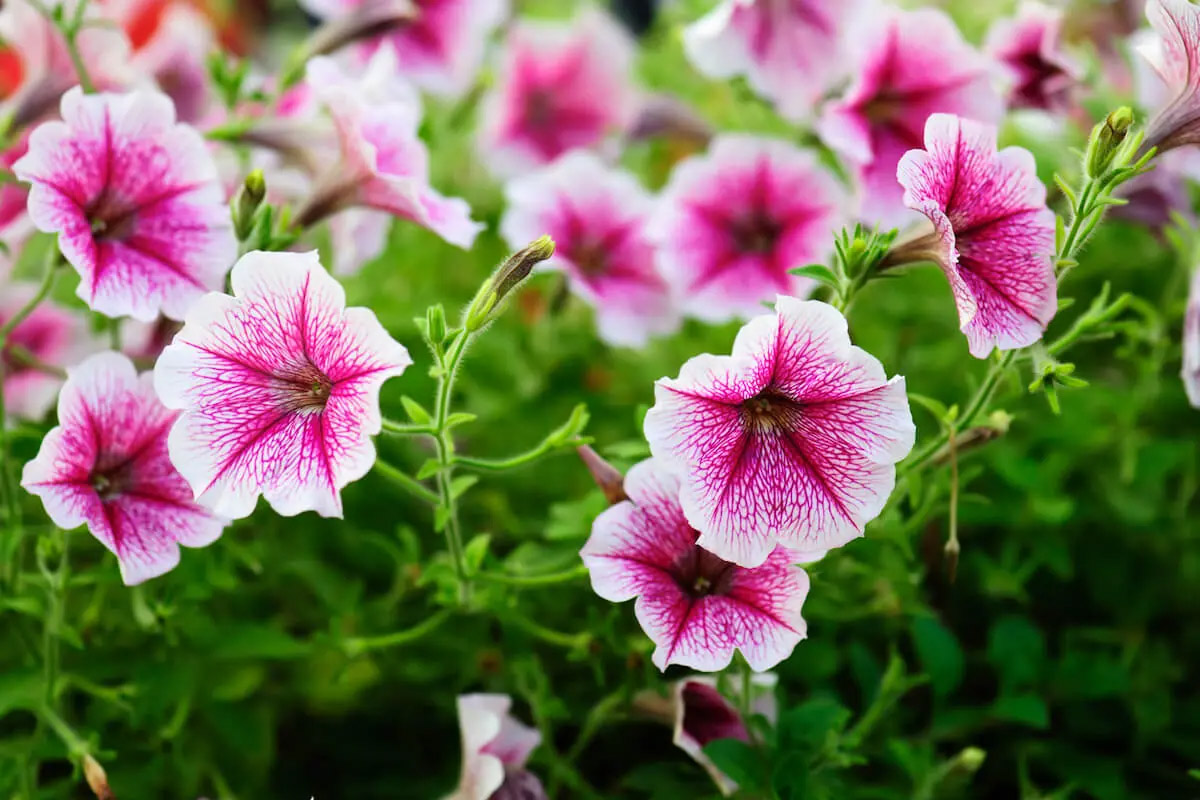

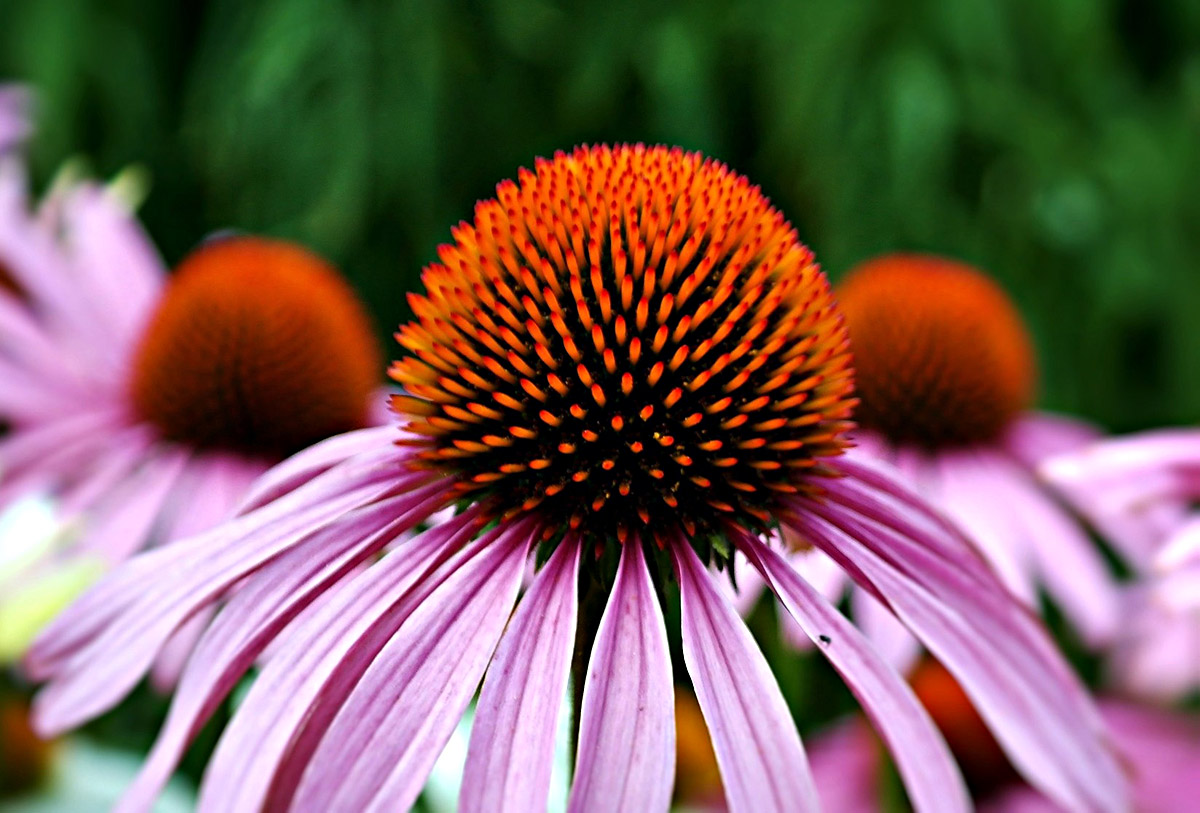
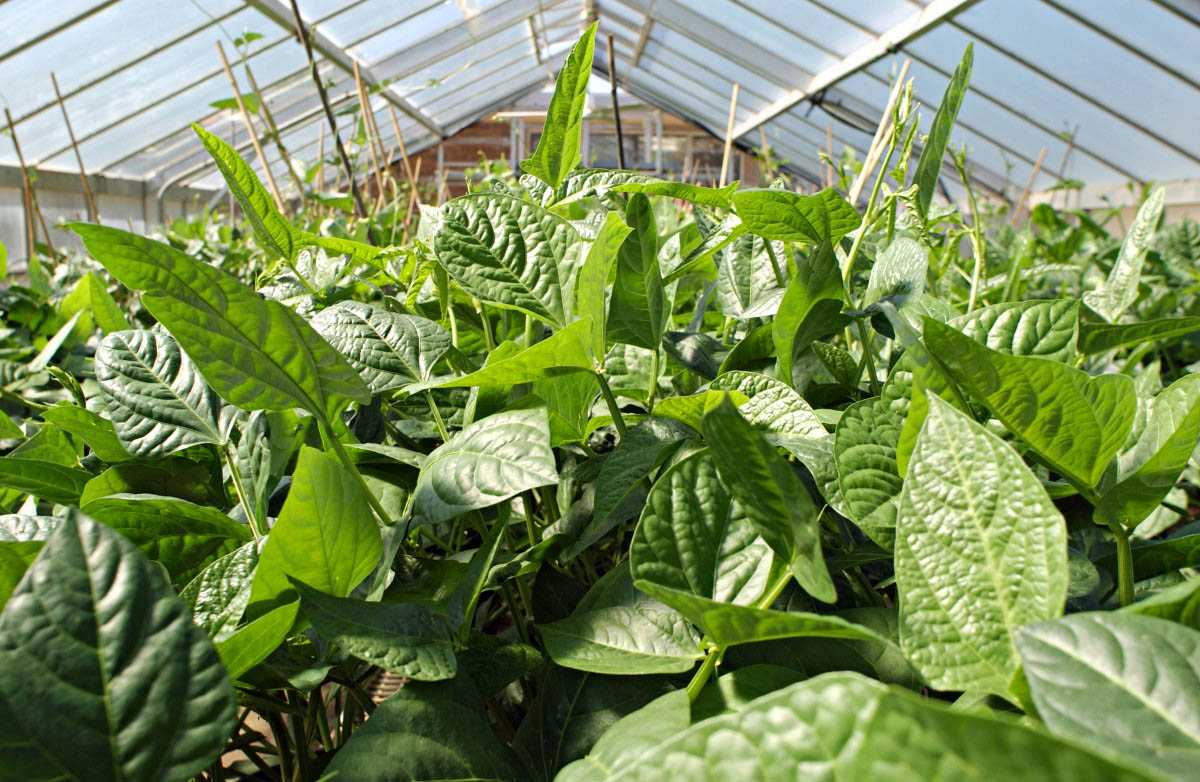
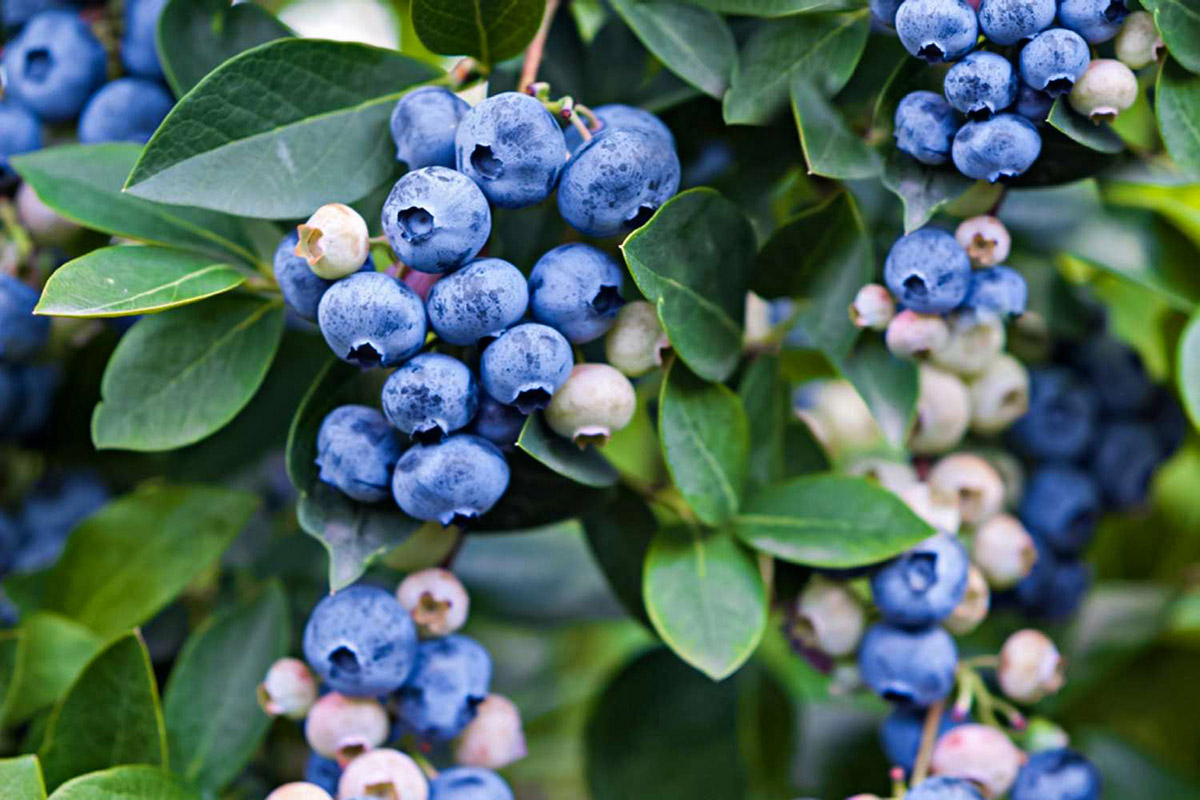
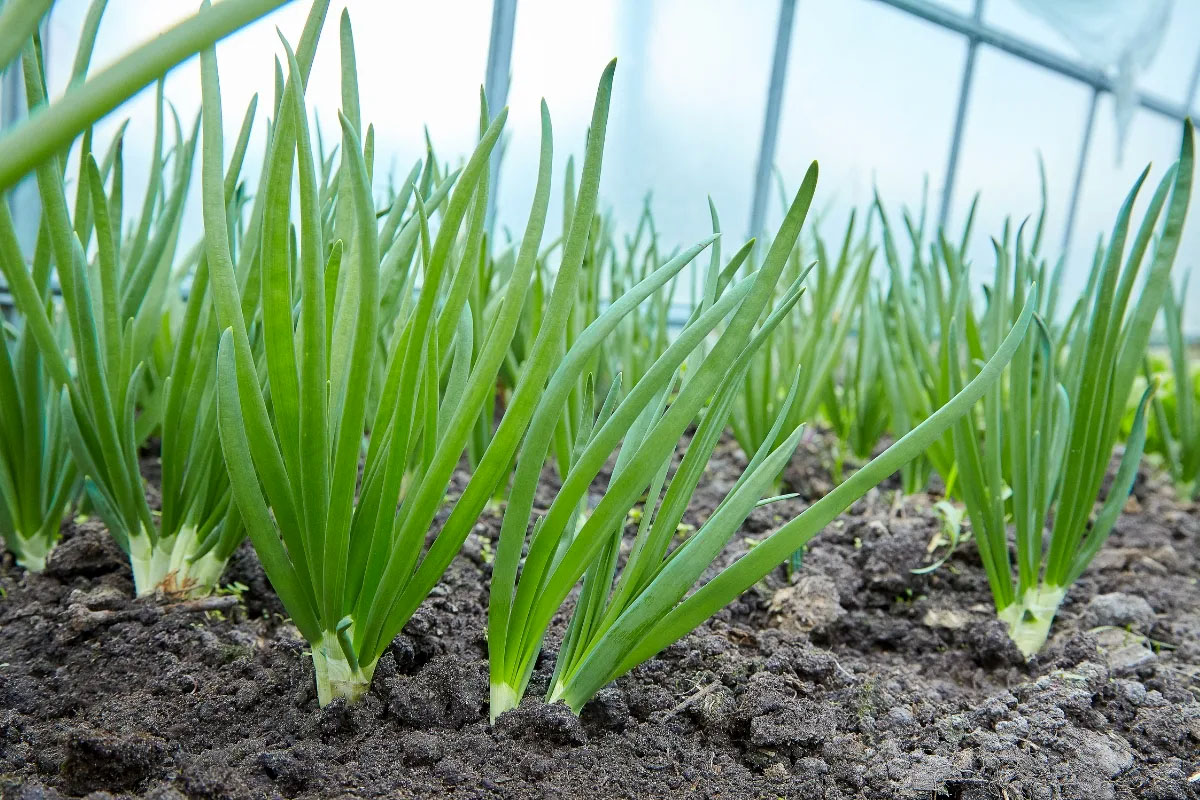
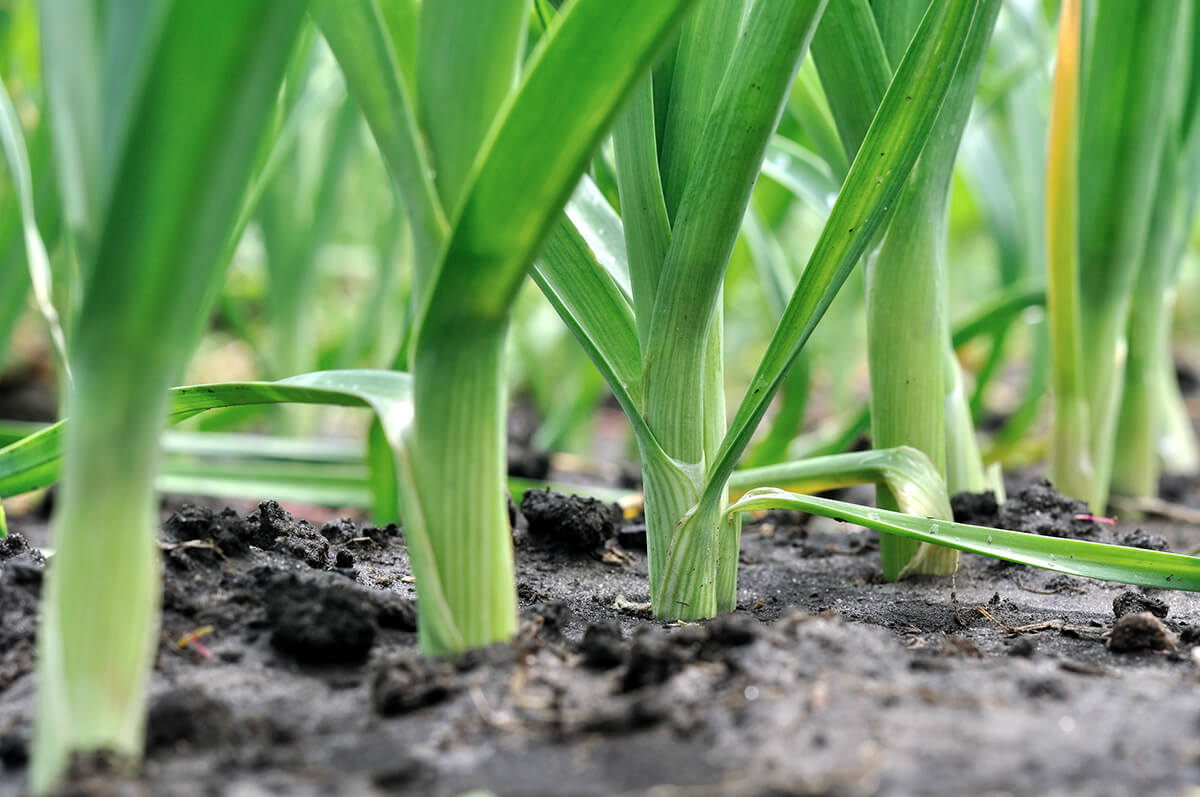

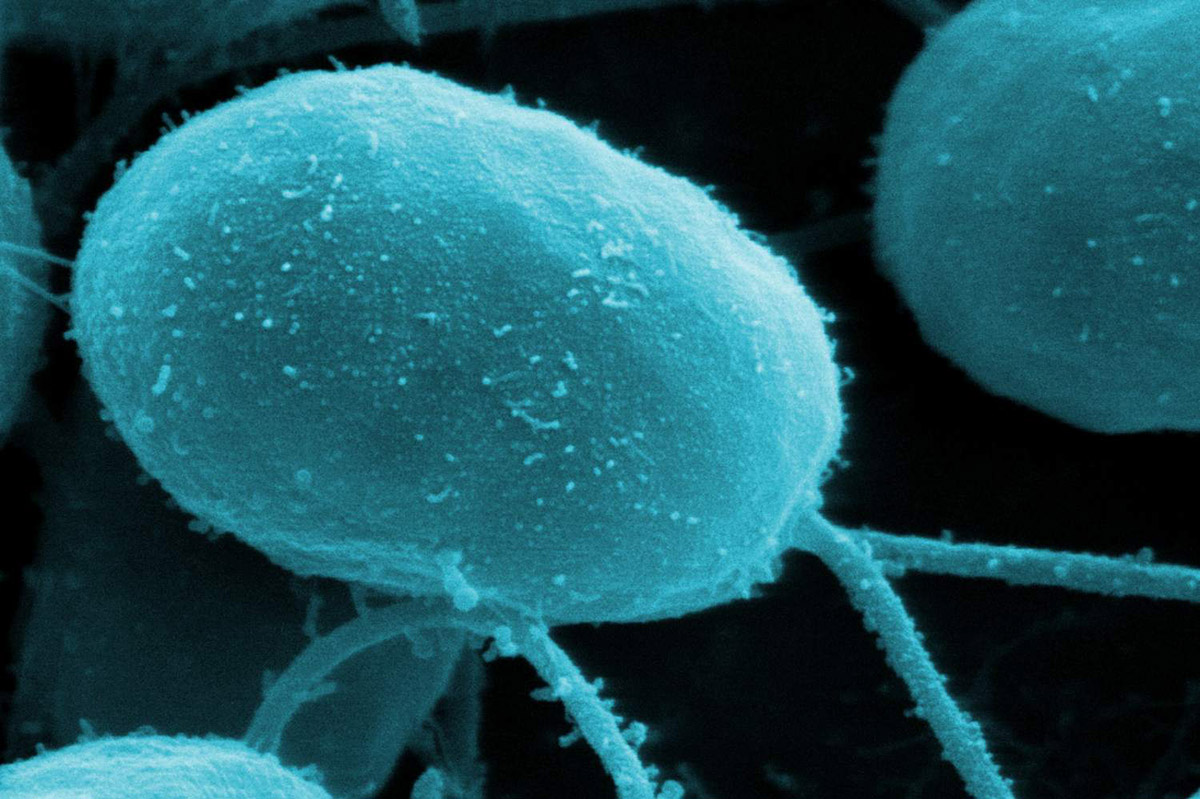
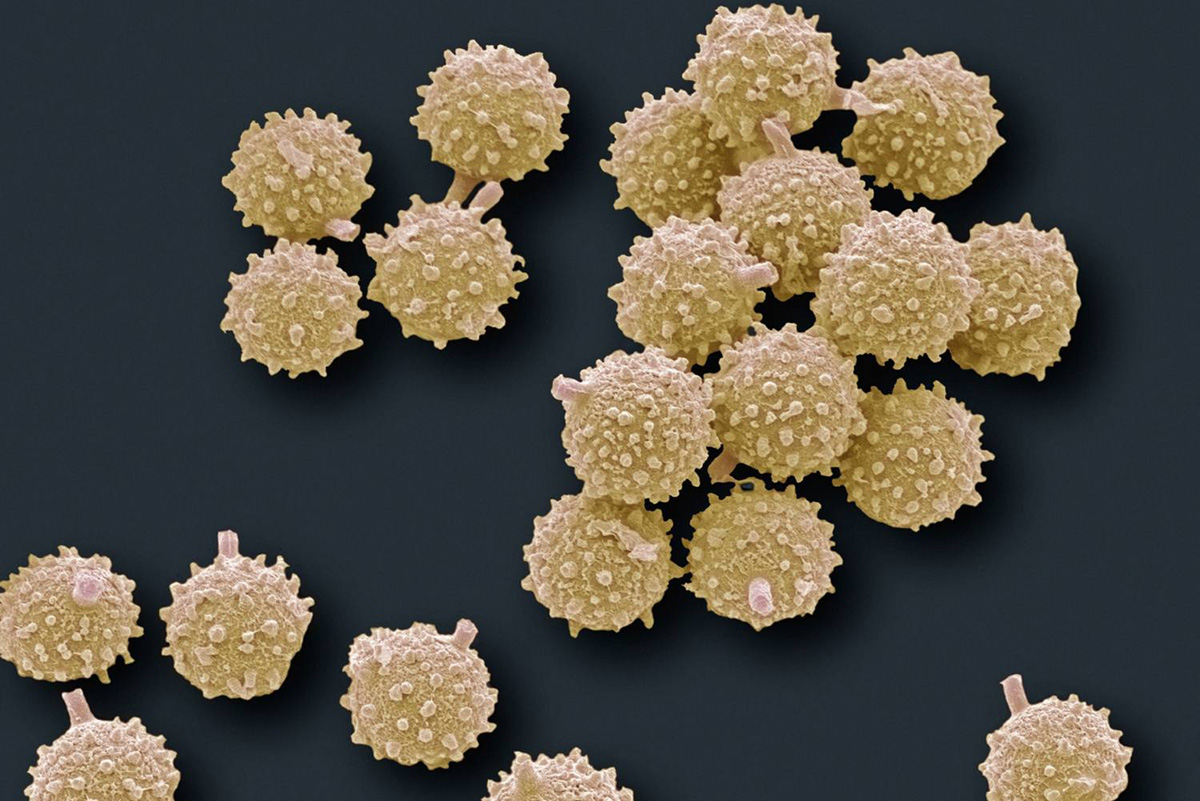
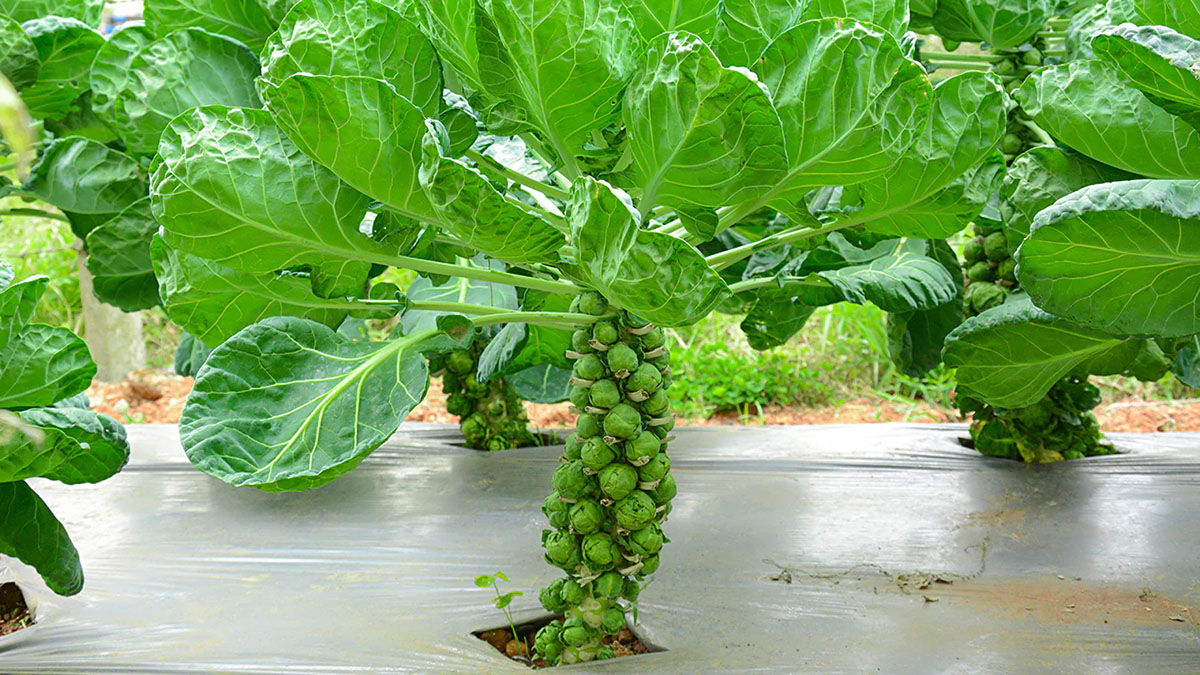
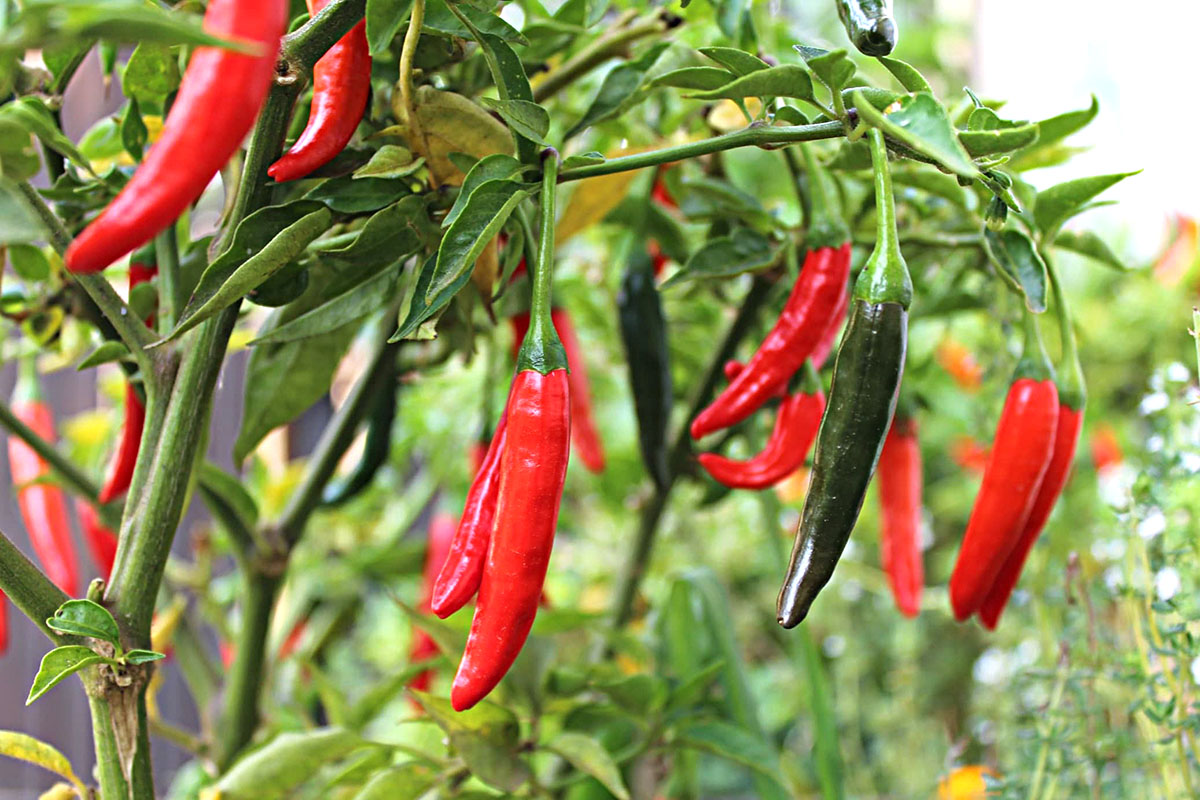

0 thoughts on “How Long Do Spores Take To Germinate On Agar”